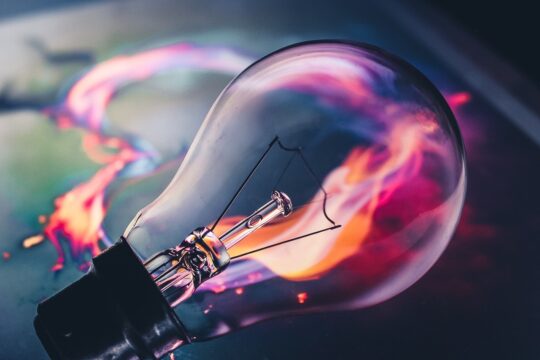A big challenge amongst metal workers is ensuring that they use the correct material or product for coating metal. The need for this has grown more in recent years because of the increased use of lightweight, low cost metals. These metals provide a large range of benefits of course but they can often be corrosive and that is something which naturally needs to be avoided, and in industrial settings this is achieved by coating the metal in a corrosion resistant material. Whilst there are some alloys which are corrosive resistant when treated, most highly used metals like aluminum and titanium are given the treatment in order to maximize their resistance.
There are a number of options which fabricators will use to coat the metal and ensure that it remains free from corrosion, let’s take a look.

Anodizing
This is by far and away the most used form of coating aluminum and that is because it is so effective. The metal is first bathed in a low pH acid bath which is then connected to an anode which causes an oxidation reaction. Through this method the thickness of the coating can be changed and be as high as 20mm.
PEO
Plasma Electrolytic Oxidation (PEO) is where the discharge of plasma helps to completely transform the the surface of light metals. The result is that the surface of the metal becomes an adhesive oxide layer, which solidifies and ensures that the metal remains free from corrosion for a very long time. This is a relatively low cost process and one which is widely used to good effect.
Chromate Conversion
This is used less now than it has been in the past and that is down to the changing face of laws and regulations in relation to the practice of chromate conversion, largely because of the noxious gases which are created as a result. This is one of the most effective methods by which you can reduce the chances of corrosion on metals and it involves the application of sodium, potassium, chromic acid and dichromate solution which washes the metal, leaving a solid buff which is resistant to corrosion. Although it is the most effective, we are seeing far less of this method being used.
Paints
In the wake of seeing less chromate conversion we are witnessing a rise in the number of paints which are available that can do a great job when it comes to protecting metals, especially the softer metals like titanium or more commonly used alloys. Paint is low cost and of course the process of painting metal is a very simple one which can be easily automatized. This is very quickly becoming the most common method by which we are seeing companies coat their metal, and in the future we can expect to see some higher quality paints being used which will offer a more durable result that what we currently have.
As you can see there are multiple options when it comes to making sure that metal remains corrosion resistant.




